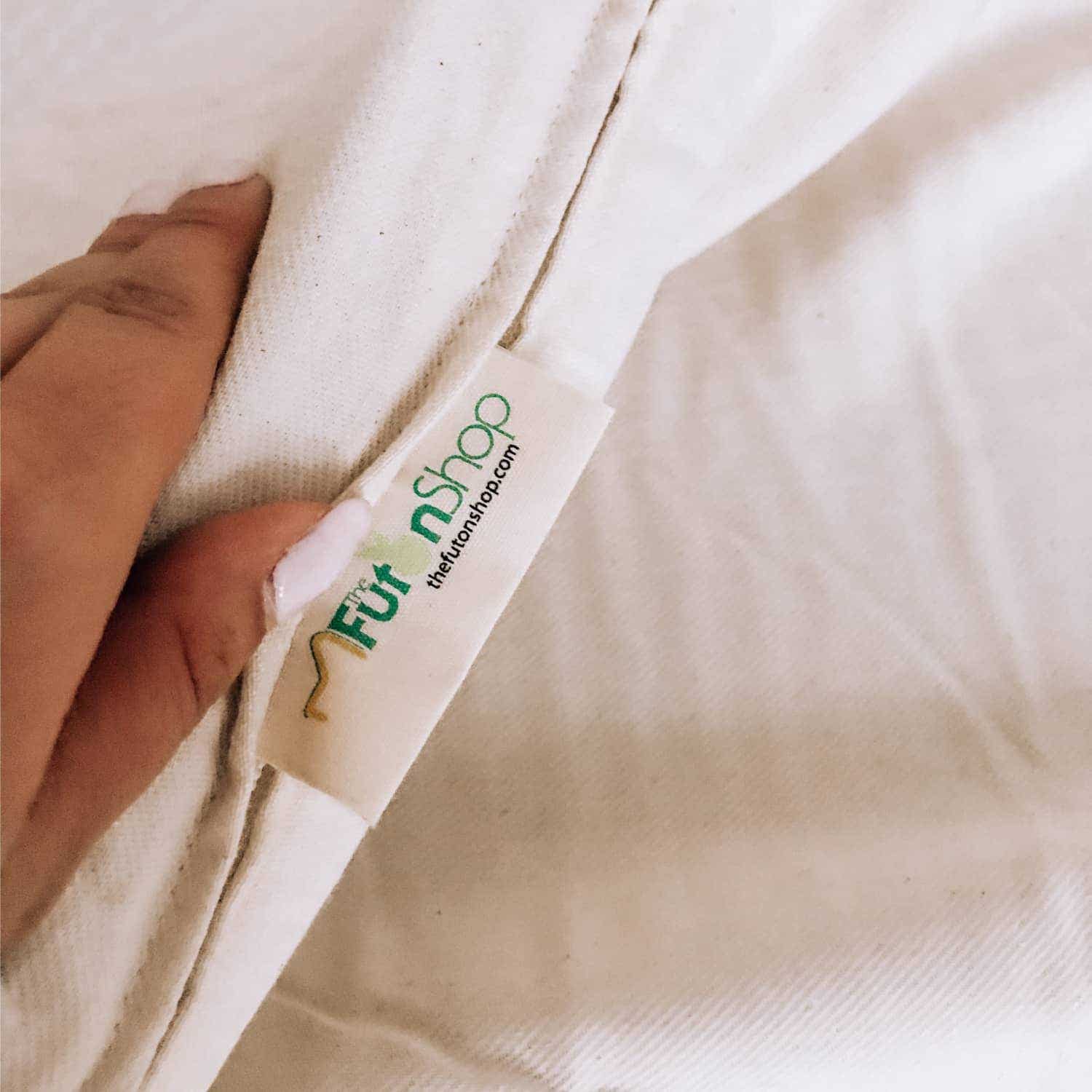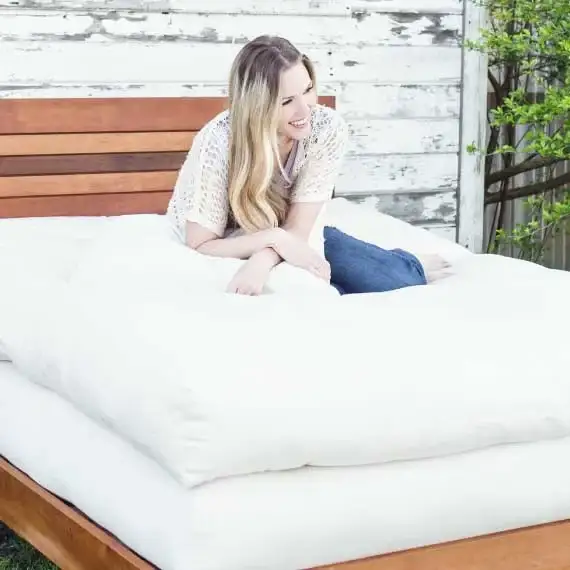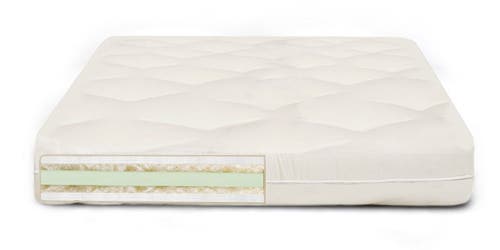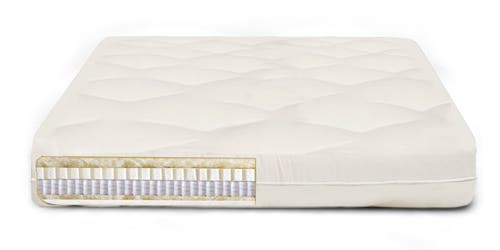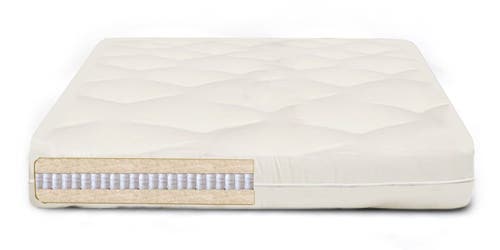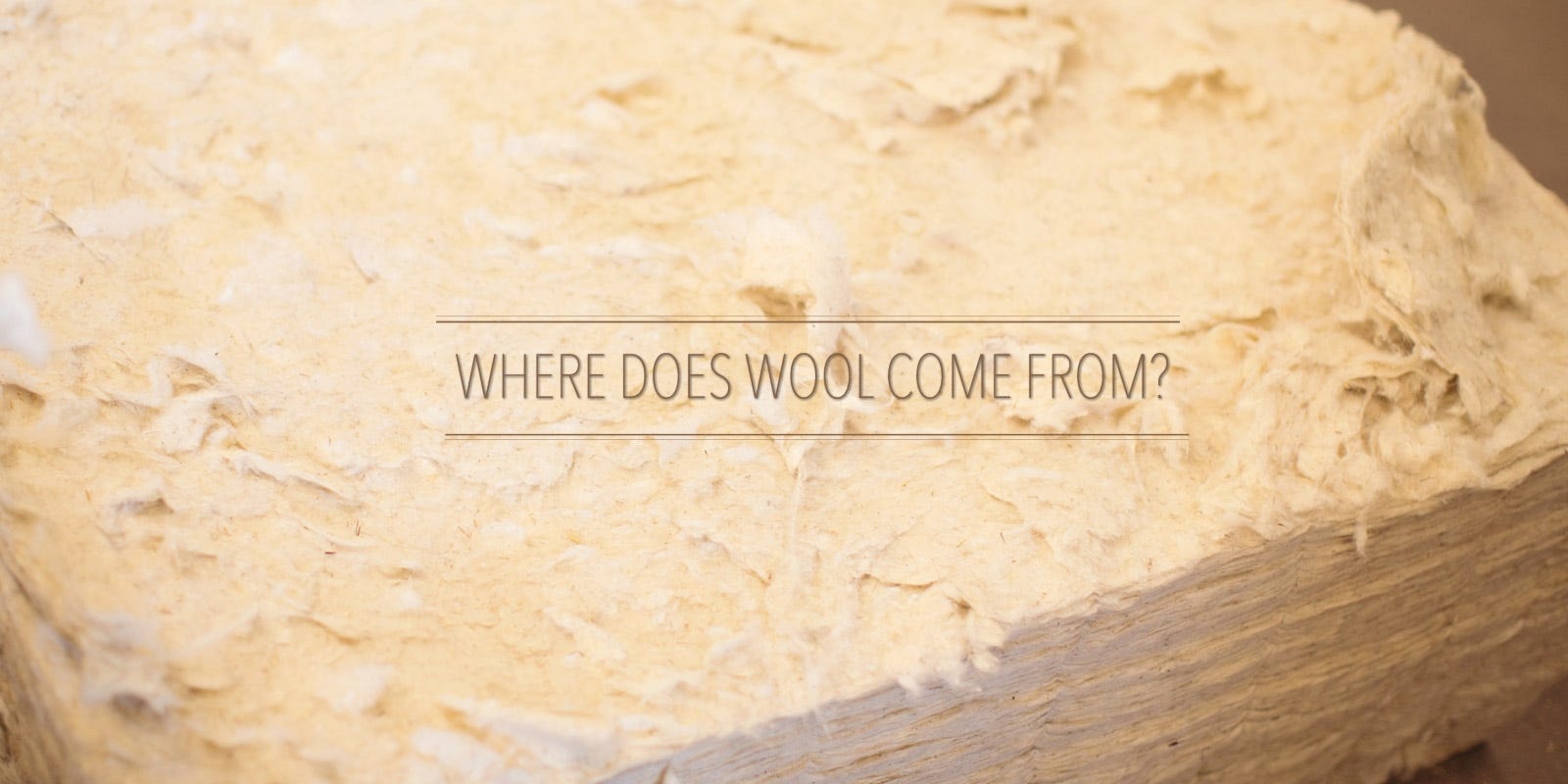
Investing in a hypoallergenic wool mattress is the best choice for people with allergies or chemical sensitivities. Centers for Disease Control and Prevention, allergy conditions have become more prevalent with As many as 1 in 3 adults and 1 in 4 kids suffer from a seasonal allergy, a food allergy or eczema, the latest government data shows. Mark Jacobson, MD, medical director, Allergy & Asthma Physicians, Hinsdale, Ill, believes “The focus should always be on the bedroom since patients spend a third of their life in their bedroom or more.”
Common Wool Questions:
Is Wool Hypoallergenic In Mattresses?
Wool is a great option for bedding, particularly for those suffering from allergies. Its natural hypoallergenic qualities mean that it produces minimal dust particles, absorbs moisture, and traps dust particles and VOCs, reducing the amount of irritants in the air. Additionally, wool fibres can absorb moisture and wick it away, making for a dry sleeping environment that discourages the growth of bacteria and dust mites.
Is wool naturally hypoallergenic?
Yes, wool is naturally hypoallergenic due to its ability to reduce dust particles, repel dust mites, and absorb VOCs, making it an ideal choice for those with allergies or sensitivities.
Is all wool hypoallergenic?
While wool is generally considered hypoallergenic, individual sensitivities or sensitive skin can vary, so it's possible for some people to still have allergic reactions to wool reactions to wool. It is always good if you have questions to ask companies for a batch to test to see if there are sensitivities.
Is wool anti dust mite?
Yes, wool is a fantastic 100% natural and sustainable material with inherent qualities that make it an ideal choice for bedding and mattresses. Its natural resistance to dust mites and bacteria buildup not only makes it hypoallergenic but also ensures a more hygienic sleeping environment.
Which is better in a mattress wool or cotton?
The choice between wool and cotton in a mattress depends on personal preferences and needs. Wool offers excellent temperature regulation, moisture-wicking properties, and natural fire resistance, making it suitable for all seasons. It also has inherent hypoallergenic qualities. On the other hand, cotton is breathable, soft, and provides a cooler feel, making it a good choice for individuals who tend to sleep hot. Ultimately, it's important to consider your specific comfort preferences and any specific requirements you may have when deciding between wool and cotton for a mattress.
The best wool allergy friendly mattress to avoid allergies are made of natural wool fibers, which are known for their resistance to dust mites, mold and mildew. Stay away from synthetic materials. Not only is wool light and breathable so that moisture can evaporate easily, but it is also naturally hypoallergenic. Hypoallergenic wool mattresses also tend to be softer than traditional spring mattresses, yet are firm enough to support you through the night.
With its wide range of benefits, it's easy to see why a Hypoallergenic Wool Mattress is one of the best hypoallergenic mattresses available! So if your goal is to reduce wool allergens while sleeping soundly, the hypoallergenic mattress is your best bet. Our sheeps wool comes to us as coarse fibers from the farmers and we put it through our gin flu into smooth layers of wool batts.
Benefits of Natural Wool

Breathable

Relieves Pressure

Mildew Resistant

Dust Mites
Resistant

Temperature
Control

Removes
Static Electricity
Wool is a renewable resource that is biodegradable and can last for many years, making it an eco-friendly choice for your bedroom. So if you're looking to snuggle up and drift off to dreamland in a cozy and sustainable way, a wool mattress may be just what you need.
Is Wool A Natural Fire Retardant?
LEARN MORERecommended Wool Products:

Wool Mattress Options:
• Wool Mattress Toppers
• Wool Crib Mattresses
• Wool Mattress With Organic Cotton
• Wool Mattresses With Latex, Springs, Coconut Coir, and Soy foam
• Merino Wool Blanket - check out the superfine merino wool products
- Certified Organic Wool Vs Natural Wool Mattresses
- Is Wool A Natural Fire Retardant?
- What Does GOTS Certified Organic Wool Mean?
- What Are The Benefits Of A Wool Mattress?
- Benefits Of Wool
- How Is Wool Harvested?
- How Do You Process Raw Wool Into Mattresses?
- What Are The Different Types Of Wool?
- What Are The Wool Bedding Benefits?
- How Do I Clean My Wool Mattress?
- Why Should I Choose A Wool Mattress?
- How To Make A Futon More Comfortable?
LEARN MORE

